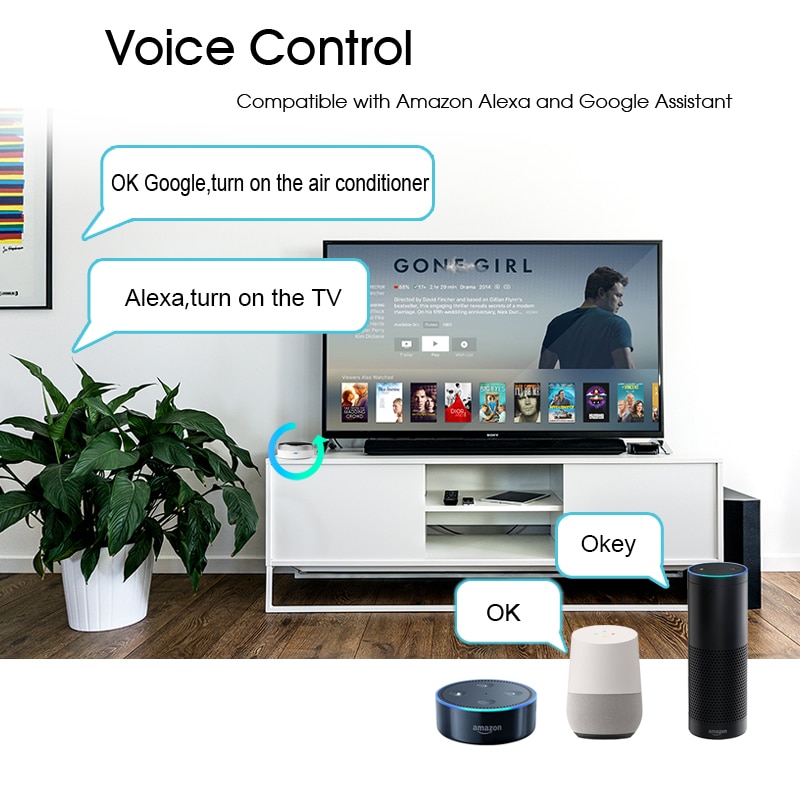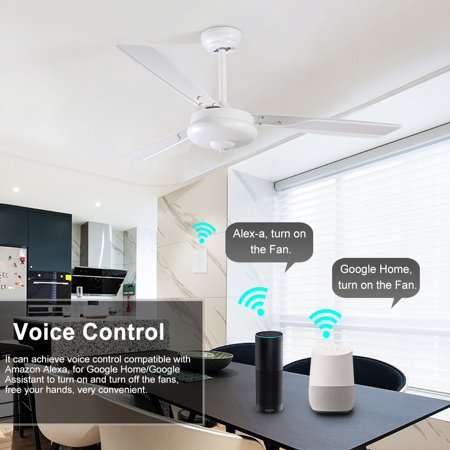1. Understand all of your network requirements
Understanding your network requirements is perhaps the first step of any WiFi installation. Think about how many people, or more specifically, how many devices, will be connecting to the network and what types of activities they will be done online. Create a spreadsheet to capture your thoughts in an organized fashion and make the rest of these steps a whole lot easier.
2. Draw a floor Plan of each floor stacked up.
Determine which are the best locations to install an access points so that you get coverage to all the locations so there are no blind spots.
3. Choose the right equipment for your wireless network
Once you determine your requirements, it’s a lot easier to find the right access point, but the large selection can still present a challenge. There are so many options on the market that even wireless professionals find themselves overwhelmed trying to pick the best access point for their customers’ budget and requirements.
The type of access point you need will vary based on your environment and your budget, but we generally recommend current models that support 802.11ac wireless standards, can detect wireless interference and adjust automatically, and can support hundreds of simultaneous connections in high density environments. We always recommend enterprise grade wireless access points, even for residential deployments. (This wireless access point from Ubiquiti should be suitable for most use cases)
Your equipment requirements will also vary based on the the type of environment you want to support and its unique needs. You may have to implement additional pieces of hardware, such as firewalls, switches and network controllers in order to achieve the type of network performance you seek. Many factors, including the size of your location, the type of work you do over the Internet, and the devices you use, will dictate the type of network equipment you will need.
4. Consider the various types of cables you will need to use
It’s weird but wireless Internet does require wires. At the very least, every single access point you use will require at least one cable, either for data connectivity or power. We typically recommend using POE (power over Ethernet) switches in order to deliver data connectivity and power using a single Cat6 cable. Be sure that you choose access points with Ethernet ports that are 802.3af to accept standard power over Ethernet. Some manufacturers design their access points to only accept power from proprietary POE injectors or switches and this may cause issues for certain deployments by creating speed limitations, budgetary problems or by introducing new points of failure into the network.
We always advise spending a little bit extra on Cat6 cable, as it allows for higher speed throughput and offers less potential for crosstalk interference, caused by the construction of the cable.
5. Be aware of the network limitations of your devices
It’s important to remember that network performance does not solely depend on your Internet connection and network equipment. The devices you use to access the Internet may also have limitations that you should take into account when planning your wireless access point installation. These limitations may prevent you from reaching that advertised throughput of the access point and, in some cases, will dictate how you configure your network in order to achieve the functionality you need.
Individual device needs will vary based on your industry and technological needs. We’ve serviced a tech startup office, where it is essential that the several hundred staff members can roam around the entire office and never lose connectivity, as their portable devices are uploading and downloading large files. On the other end of the network requirements spectrum, a large warehouse required full coverage to support its scanning devices, which only support 2.4 Ghz connectivity. In both cases, we recommended the same access point, but configured them much differently. If we were to swap the configurations at both locations, laptops, scanners and productivity would come to a halt and we’d have some unhappy customers.
Other equipment limitations are associated with bandwidth throughput, wireless standards and more. Some equipment, even modern laptops and phones, may be limited with the amount of bandwidth they can realistically access, so it’s important to understand your own equipment and the type of work you expect to do before purchasing a high speed Internet connection or an expensive wireless network system.
6. Be aware of nearby interference that can impact your wireless access point installation
To understand interference, you first have to understand how WiFi works. Your access point is essentially using radio frequencies to communicate with your devices and transfer data in the form of packets. WiFi broadcasts on the 2.4 Ghz and 5 Ghz spectrum and within those spectrums a few of the channels are typically used for WiFi. In North America, only 11 channels are available for use and the most popular ones are 1, 6 and 11 because they minimize co-channel interference. The 5 Ghz channel offers more channels and for this reason is becoming increasingly utilized.
Believe it or not, the biggest interference culprit in your network can be your own wireless access points. When deploying two or more access points, it is important to create a proper channel plan, so that your access points don’t interfere with one another. If you are in a highly populated area, interference from nearby access points and WiFi devices can be significant. Proper analysis of the spectrum utilization can help you ascertain the health of the airwaves and best channels to avoid interference.
7. Select a proper location for your wireless access point
There is a common misconception that the best place to position your access point is somewhere central. This can be true in some cases, such as in small apartments or small offices under 1000 sq feet but in a world full of wireless devices, you want to have your access points in a place where people are going to be using those devices. This doesn’t mean you should put an access point in every room, but it does prove that proper wireless access point installation requires proper planning.
It’s very important to follow recommended placement instructions when planning your wireless access point installation. Some access points are designed to be ceiling mounted while others may work best on the wall and some may even work well on top of a desk. Some access points are sectorized and only broadcast wireless signals in a limited area, usually within a 30 degree or 45 degree range. Be aware of your nearby surroundings as well. It’s preferable to mount access points in open areas, away from obstructions, like pillars, or other technology, like monitors or speakers, as they can have a negative impact on wireless performance. Also avoid mounting access points behind any metal structures, such as air conditioning ducts, wire meshes and try not to place them inside a drop ceiling unless aesthetics are critically important. A single access point may not be enough to cover every inch of your office space and you may have to use additional access points in order to achieve the level of coverage you want. Remember to never place your access points too close to one another, as they will only diminish the other’s performance levels.
8. Measure signal strength before making final access point placements
Before you make any holes in your walls or ceiling, we recommend measuring the signal strength emitting from the wireless access point in every room you plan to connect to WiFi. The easiest way to do this is to download a WiFi analyzer app like speedtest.net for your smart phone, power up your access point and connect to it. Walk around your space and take note of the signal strength you experience. Signals that are between -100 and -85 dBm are generally unusable. Signals between -85 and -60 dBm can be used, but you may encounter issues and should consider supplementing your wireless network with additional access points. Signals between -60 and -40 dBm are just right and you will experience the strongest wireless performance when you’re in this range.
These tips are very general, and while they can be applied to most environments, it’s always recommended to work with a professional WiFi service provider, especially in situations where you plan to deploy two or more access points.




